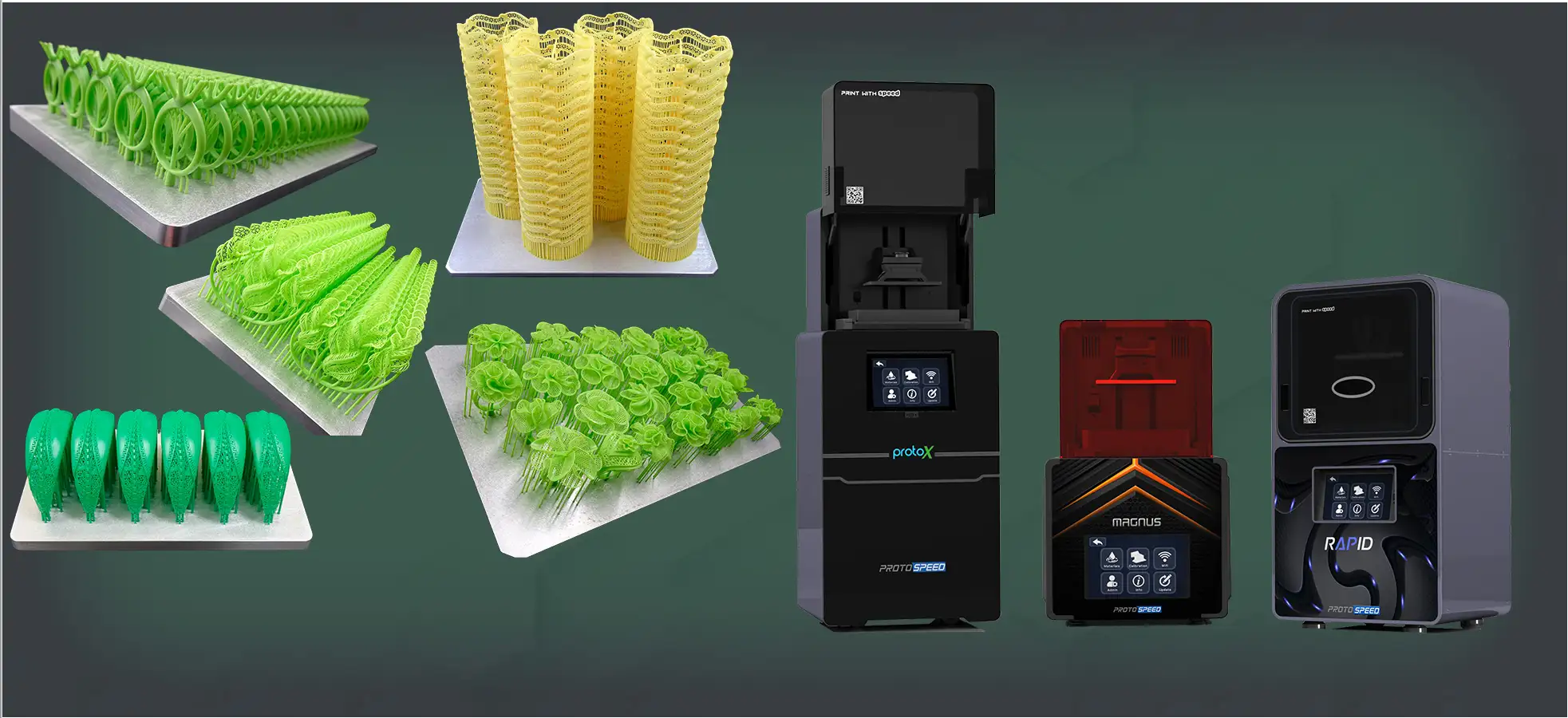
DISCOVER THE VERSATILITY OF CASTABLE RESINS FOR YOUR CRAFT PROJECTS
The materials you use for making can make or break your creations.
DISCOVER THE VERSATILITY OF CASTABLE RESINSDISCOVER THE VERSATILITY OF CASTABLE RESINS FOR YOUR CRAFT PROJECTS
Learn How Castable Resins Can Be Used in Various Ways for Your Craft Projects
The materials you use for making can make or break your creations. Castable resins are unique among the many possibilities accessible because of their ease of use and versatility. These resins provide countless opportunities for producing complicated, long-lasting, and superior pieces, regardless of your level of experience as an artist or your level of DIY enthusiasm. Let's investigate the realm of castable resins and see how these materials might improve your handicrafts.
CASTABLE RESINS: WHAT ARE THEY?
Liquid polymers known as castable resins can be used to fill molds and form strong, long-lasting items. They solidify into a stiff form after being combined with a curing agent. They are perfect for making a wide range of products, from jewelry and decorations to functional parts and prototypes, thanks to this feature.
BENEFITS OF CASTABLE RESIN APPLICATION
1. Adaptability
The adaptability of castable resins is one of their biggest benefits. They can be applied to many different things, such as:
• Jewelry-making: Craft elaborately detailed rings, pendants, and earrings.
• Create original paperweights, coasters, and figurines for your home.
• Making prototypes for new ideas or small-scale production is known as prototyping.
• Model-making: Create intricate models for pastimes such as board games or building blueprints.
2. Accuracy and Detail
Because castable resins have a reputation for preserving tiny features, they are ideal for tasks requiring extreme precision. Since they are liquid, they can easily fill in all the nooks and crannies of the mold, guaranteeing an exact reproduction of even the smallest features.
3. Sturdiness
Castable resins solidify into a tough, resilient substance that is resistant to deterioration after curing. Because of their endurance, they are appropriate for things that need to withstand a variety of climatic conditions or frequent handling.
4. Customization
It is simple to customise castable resins to produce various effects and finishes. You can produce items that are genuinely one-of-a-kind by including dyes, pigments, or other materials. Furthermore, different kinds of resins can be utilised to create distinct qualities, including transparency or flexibility.
TYPES OF CASTABLE RESIN
There are various kinds of castable resins available, and each has special qualities and uses.
1. Epoxy Resins
Epoxy resins are renowned for having outstanding chemical resistance, strength, and adherence. For jobs that call for a robust, long-lasting finish, they are perfect. Epoxy resins are frequently utilized in composite materials, coatings, and jewelry manufacturing.
2. Polyurethane Resins
Polyurethane resins provide durability and flexibility. They work incredibly well for creating objects that must flex or bend without breaking. These resins are widely used in the casting of figurines, mold-making, and flexible mold-making processes.
3. Polyester Resins
Because polyester resins are durable and weather-resistant, they are commonly utilized in automotive and marine applications. They are also well-liked for casting and sculpting. They do, however, require adequate ventilation when in use due to their pungent odor.
USING CASTABLE RESINS: A GUIDE
Castable resins require a few steps to use, but with practice, it becomes a simple procedure. Here's a quick start guide to get you going:
1. Get Your Mold Ready
For your project, select or make a mold. Rubber, plastic, and silicone are just a few of the materials that can be used to create molds. Make sure there is no dirt and the mold is clear.
2. Combine the Resin
To combine the hardener and resin, follow the manufacturer's directions. Accurate measurement is essential to getting the intended outcomes. Depending on the kind of resin you are using, different mixing ratios and methods may be used.
3. Transfer the Resin
Pour the blended resin into the mold very carefully. Take your care to prevent air bubbles from forming, as they can alter how your piece looks in the end. A toothpick or a tiny brush can be used to assist in releasing trapped air.
4. Cure the Resin
Let the resin cure by the manufacturer's instructions. Depending on the type of resin and the surroundings, curing timeframes might vary from a few hours to several days.
5. Demold and Finish
After the resin has dried completely, carefully take it out of the mold. To get a smooth finish, you might have to sand or trim the edges. You can improve the piece's appearance by using extra finishing techniques like painting or polishing.
TIPS FOR WORKING WITH CASTABLE RESINS
• Utilize a well-ventilated workspace: Certain resins have toxic vapors that are dangerous to breathe in.
• Use protective equipment: To protect yourself from dust and resin, put on a mask, safety glasses, and gloves.
• Measure precisely: Accurate measurements are essential to have the right hardness and cure.
• Avoid moisture: Bubbles or cloudiness in the resin might be caused by moisture. Make sure the supplies and your workplace are dry.
IN SUMMARY
Castable resins have unmatched durability, accuracy, and versatility, making them an excellent medium for crafts. Castable resins are a great way to realize your creative ideas, whether you want to make intricate models, jewelry, or unusual home décor. With a basic awareness of resin types and procedures, you may create countless options for your craft projects. So get your supplies ready, get your molds ready, and explore the fascinating world of castable resins.

